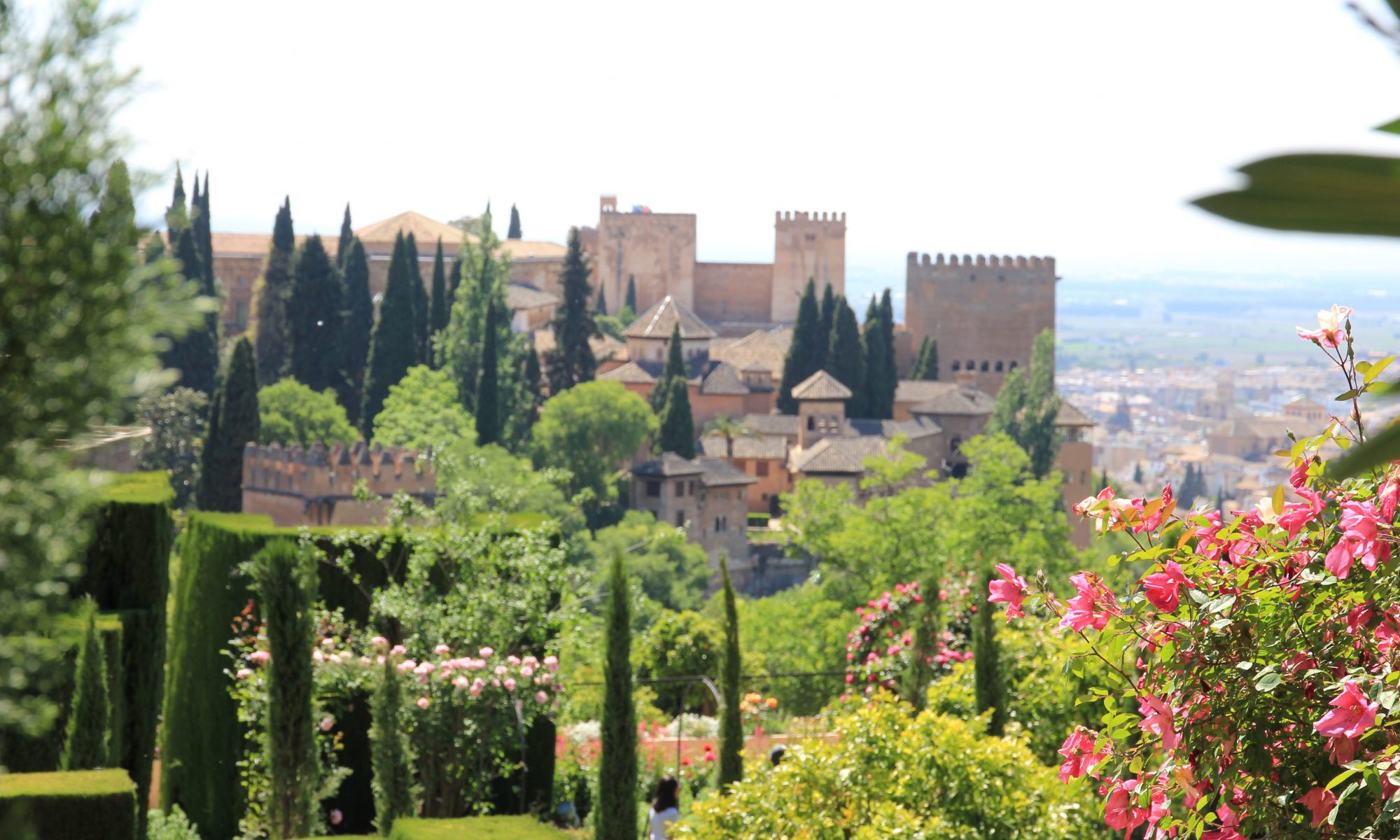We’ve had a few questions about things to do in Spain while you’re here.

We can’t really pretend to be experts on Spain, but we can talk a bit about things that we enjoyed in particular areas of Spain and hopefully that can inspire some of your own adventures. Be sure to also check out Travel Resources for more tips in general.
Note that the wedding itself takes place in Basque Country (Pais Vasco above). We’ll have more information about activities around Spain on a different page. This page focuses more on things outside of that area.
Barcelona
Another fiercely independent region of Spain, Catalonia, hosts the city of Barcelona. Known as Barcino during Roman times, Barcelona offers a variety of historical and contemporary experiences.
In no particular order:
Barcelona is famous for the architectural works of Antoni Gaudi. In addition to the ever not-to-be-missed but never quite finished Sagrada Familia, pictured below, the Barcelona area also includes a relaxing park (Parque Guell) and an apartment block among his many works.

Another interesting area would be the Gothic Quarter (Barri Gothic). This area includes the Barcelona City History Museum which nicely takes you down and up through the various layers of the city including a Roman walls and a garum factory and then up through a medieval church.
The area also includes a lot of shopping, be aware or warned as the case may be.

Other places not to be missed would be the Ciutadella Park which is conveniently located near a really good seafood restaurant and the National Catalonia Art Museum.

Interesting day trips possible from Barcelona include the Abbey at Montserrat ( Pei particularly enjoyed the surprisingly large art museum, watch out for the train schedule back down the mountain though) and the Salvador Dali museum at Figueres.

Andalusia
We visited three cities in Andalusia: Granada, Cordoba, and Seville. What these cities have in common is a strong Moorish influence from the Al-Andalus period of Spanish history. As a result, much of the architecture of this area has a strong Muslim influence, either directly or as inspired by it afterwards.

The Alhambra (pictured as the featured image) was the highlight of the area for us, but be warned that you should buy your tickets before you arrive in Granada since admission is limited per day. The approach that we took was to buy our tickets several days in advance at a Caixa Bank ATM in Barcelona.
There will be several ticket options available from a cool (temperature) but short visit in the evening to a much longer but hotter visit during the day (or you can get both).
In Cordoba, while the famous Mezquita (a mosque with a cathedral planted right in the middle of it) is a must-see, we also enjoyed the ruins of Madinat al-Zahra, a well-presented archaeological site.

In Seville, we enjoyed the Plaza de Espana and its associated park, the Parque de Maria Luisa. If you have some time, the somewhat dilapidated Archaeological Museum was an interesting location in the park with a large number of Roman mosaics. More famous locations around Seville include the cathedral (with Christopher Columbus’s resting place) and the Royal Alcazar of Seville (may be familiar to Game of Thrones fans).
And with that, I’ll split out the rest into its own article since this is getting a bit long.

